On the evening of Sunday, Nov. 13, Concordia’s Echo Band kicked off its fall concert season in Buxton Choral Rehearsal Hall. The ensemble is one of three major bands on campus, and rehearses under the supervision of Dr. Peter Haberman.
Its casual atmosphere and limited time commitment makes the band a welcoming ensemble for non-music majors who simply enjoy being in band. It also creates a great opportunity for music majors who’d like to learn a secondary instrument, and many future music educators get the chance to direct the ensemble through standard repertoire before they enter the workforce.
The concert consisted of six brief and engaging pieces, each following a short introduction by the conductor of said piece. Four student conductors were featured: Miles Ostot, Kristine Strege, Jake Pavia, and Isaac McMahon, each of them unique in conducting style.
Ostat began the concert, conducting “Military Escort” by Harold Bennett, a jaunty military march. Marches are typically standard openers or closers for band concerts, not just because of their status as staples of American band repertoire, but also because of the exciting mood they can create with just 2-5 minutes of music. “Military Escort” was no different—the band immediately grabbed the audience’s attention with it’s upbeat tempo and blasting brass lines. Ostat also directed the band through “Joy Revisited” by Frank Ticheli. It was written to be a companion piece to “Joy,” which was written for much younger players, but conveyed the same idea–the emotional journey of Ticheli as his son was born. “Joy Revisited” included more deeply developed melodic phrases than its counterpart to further develop the overarching theme of the piece.
Strege conducted “Dusk” by Steven Bryant, a touching, emotional piece. According to Bryant’s personal website, he describes the piece as “a short, passionate evocation of [the] moment of dramatic stillness” as the sun sets in the evening. The piece begins with a slow, sweet horn solo, immediately establishing that “dramatic stillness” before the music slowly builds up to a radiant climax, perhaps a representation of the last rays of sunlight shining down on the earth before twilight. Sunday night’s performance of “Dusk” was passionate indeed; it was clear that each musician on the stage put their whole hearts into it. Each player moved expressively to the rising and falling of each phrase, and the climax of the piece was absolutely breathtaking.
Pavia’s turn on the podium was for “Prairie Songs” by Pierre LaPlante. It was clear that this piece spoke to many of the players on the stage. Its soaring, familiar melodies and abundant Perfect 4ths and 5ths in the texture created a free feeling that can be associated with the American midwest, which, for many Concordia students, is home. The students responded well to Pavia’s direction and injected their own emotion into the music by manipulating the natural push and pull of the melody, making the performance stunning for anyone watching.
Before the final piece, Dr. Haberman took the podium to direct the band through “April” by Aaron Perrine. The piece was an elegant representation of the warmth and newness of April. Between the constant tinkling piano solo and the thick, jazzy texture underneath the melody, the piece represented the month of April with ease. Dr. Haberman dubbed the composition appropriate for the current season considering the unusually balmy weather of this November.
The closing number was “A Little Tango Music” by Adam Gorb, directed by McMahon. The three, short movements of the piece included themes representing different types of tango music. The melody throughout was very smooth and sensual, with sporadic bites of brass on the offbeats that, together, created a dramatic and sassy piece of music.
“[The piece] is…inspired by the curvaceous, melancholic and dangerous dance from Argen- tina that is the tango,” said Gorb about his composition.
“A Little Tango Music” wasn’t the first composition that night to make the audience want to move to the rhythm of the beat, but it was an exciting way to end the concert.


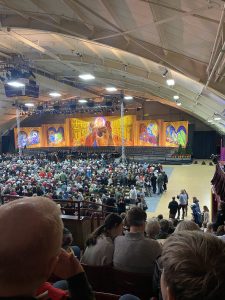
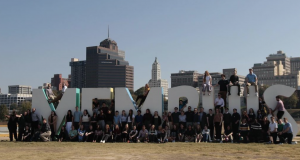
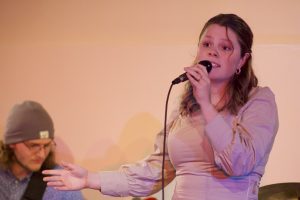

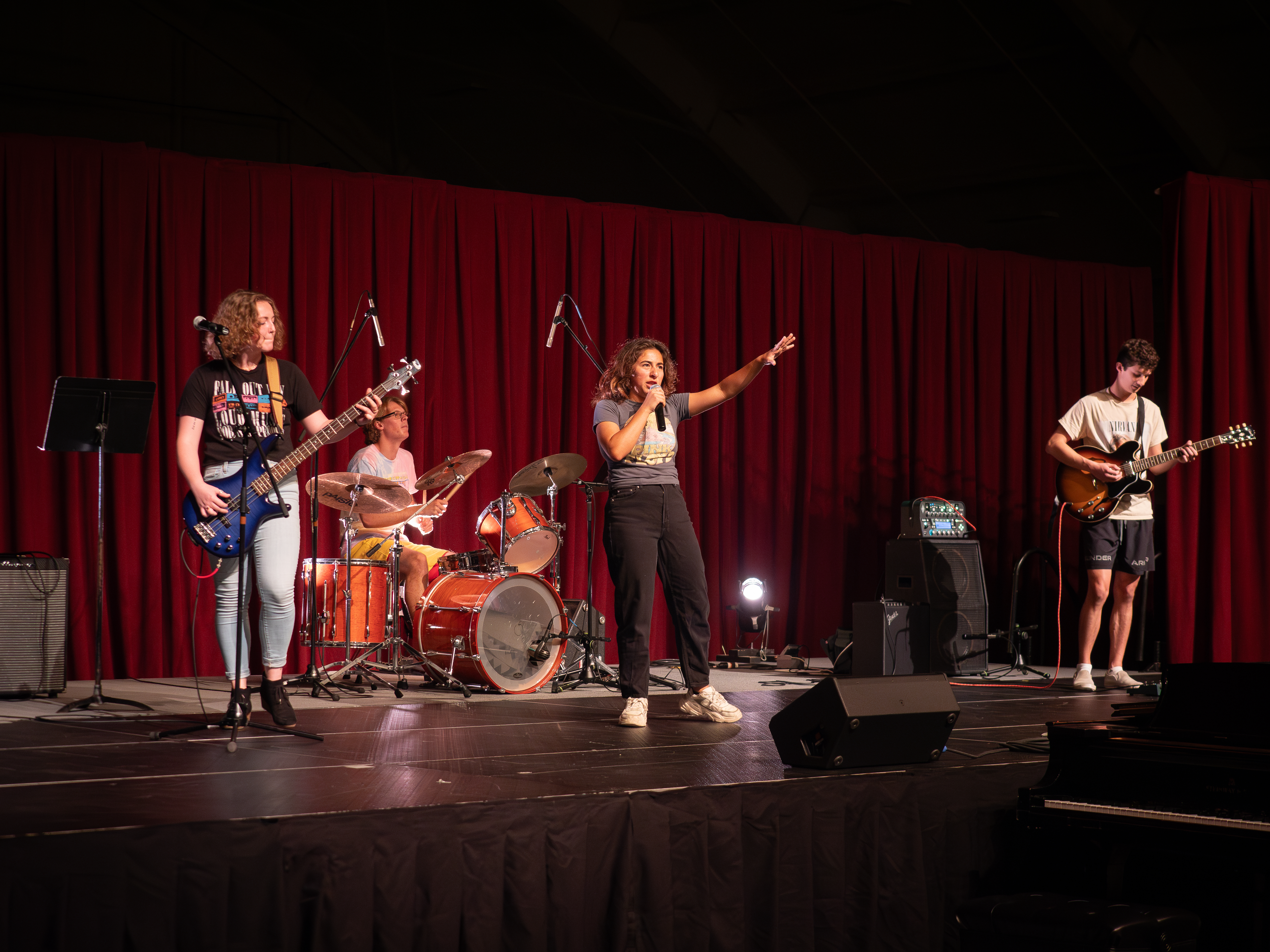
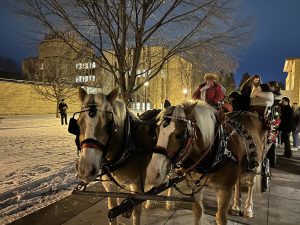
Be First to Comment